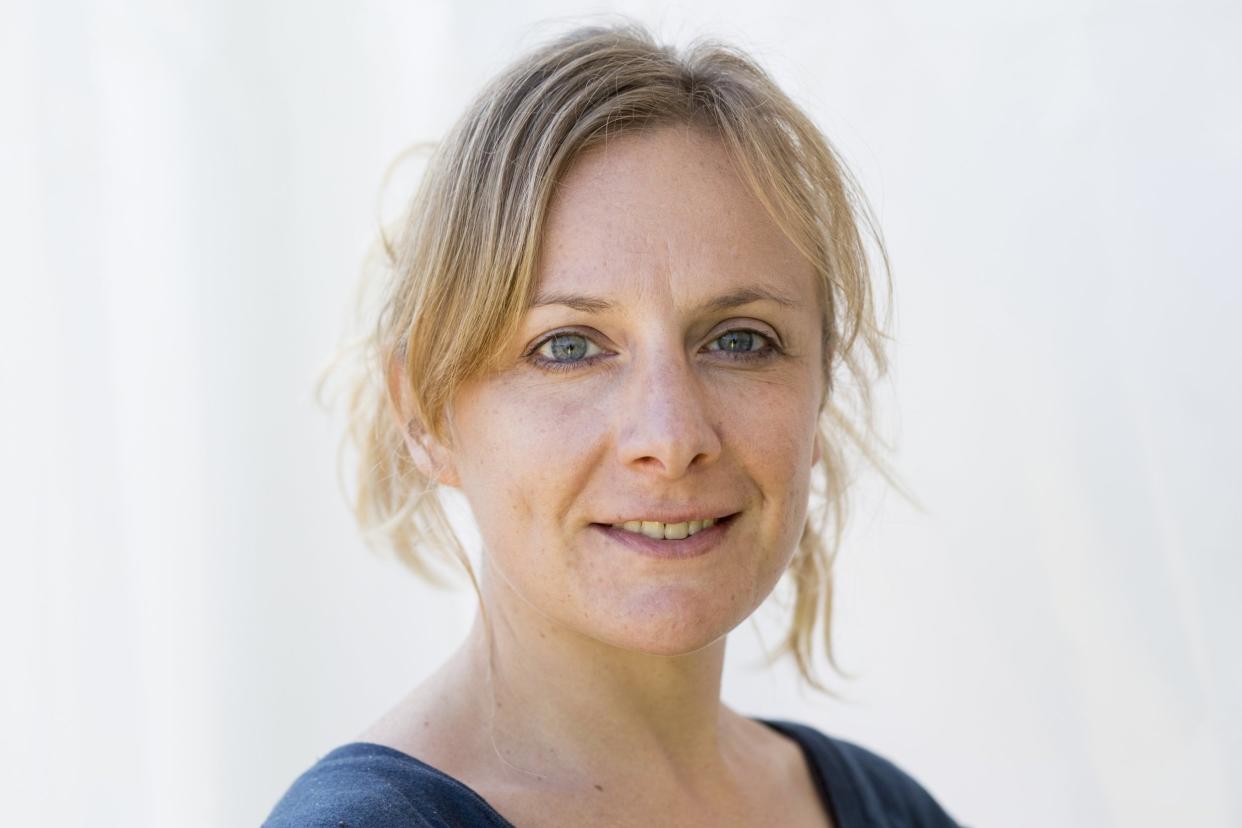Make more of your urban space to help our wildlife

Ever seen a bird nest on a paving stone? Or a bee feed from a plastic lawn? I’ll wager the answer to both of those questions is no. Because they can’t. They need gardens. Real ones, with plants, flowers and a messy pile of leaves gathering behind the shed. And yet, according to a report published by London Wildlife Trust in 2011, Londoners are collectively destroying gardens at a rate of two Hyde Parks per year.
Space and time are at a premium in London. Front gardens are paved to park cars while back gardens are lost to anything from garden offices to low-maintenance paving, decking and plastic lawns. And who can blame us? We need to park our cars, we need somewhere to work. We don’t want to be mowing the lawn on our days off.
But we’re killing our wildlife. Hedgehog numbers have declined by around 95 per cent since the Seventies and house sparrows by 99 per cent in some areas of London. Frogs, toads and newts, bees and butterflies, bats, swifts — in paving over, decking and fake-turfing our gardens, we’re making these species homeless. They don’t just “go somewhere else”. There’s no magic other place full of trees, shrubs and flowering plants for them to live happily ever after. We’re killing them.
Chris Packham launched The People’s Manifesto for Wildlife in conjunction with the People’s Walk for Wildlife, taking place in Hyde Park tomorrow from 10am. The walk is a celebration of wildlife. The manifesto — compiled by 17 experts, including me — is a call to arms to get the nation to do more for wildlife. There’s plenty that the average citizen can’t do and banning grouse shooting is more than the average politician can manage. But there’s one area where we can make a difference: urban spaces.
As a wildlife gardener and author, I spend my life writing about gardening for bees, butterflies, birds, hedgehogs and others. Two years ago I transformed a decked back courtyard into a wildlife oasis. House sparrows were fighting over bird seed within weeks, dragonflies were laying eggs in my pond in two months. Bees, butterflies, moths and other insects buzzed in the nectar-rich borders when the flowers opened.
There’s no magic formula to gardening for wildlife. You can do anything from plant up a few pots of bee-friendly flowers to digging a pond or making holes under your fence to let hedgehogs pass through.
Do you have room for ivy to grow up a wall, or add pots of lavender for bees? Can you hang sunflower seed for birds or fill a dish with water so they can bathe? If everyone in London did something for wildlife we could halt and even reverse these declines. We would also bring the natural world closer to our concrete world. Imagine waking up to the sound of birdsong rather than police sirens. I know which I’d prefer.
Kate Bradbury is a garden writer and author of The Bumblebee Flies Anyway (Bloomsbury).

 Yahoo News
Yahoo News 
